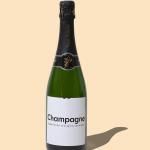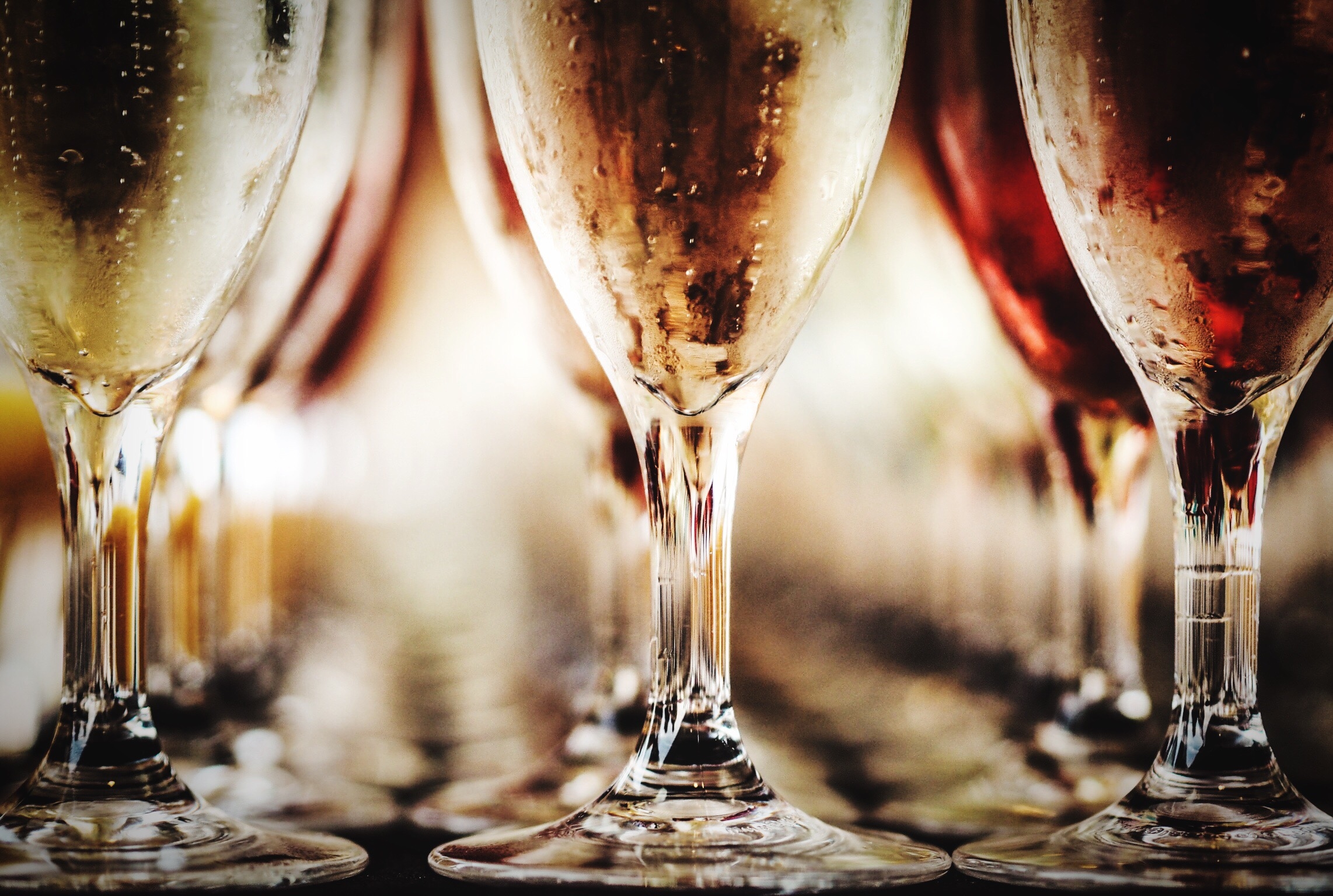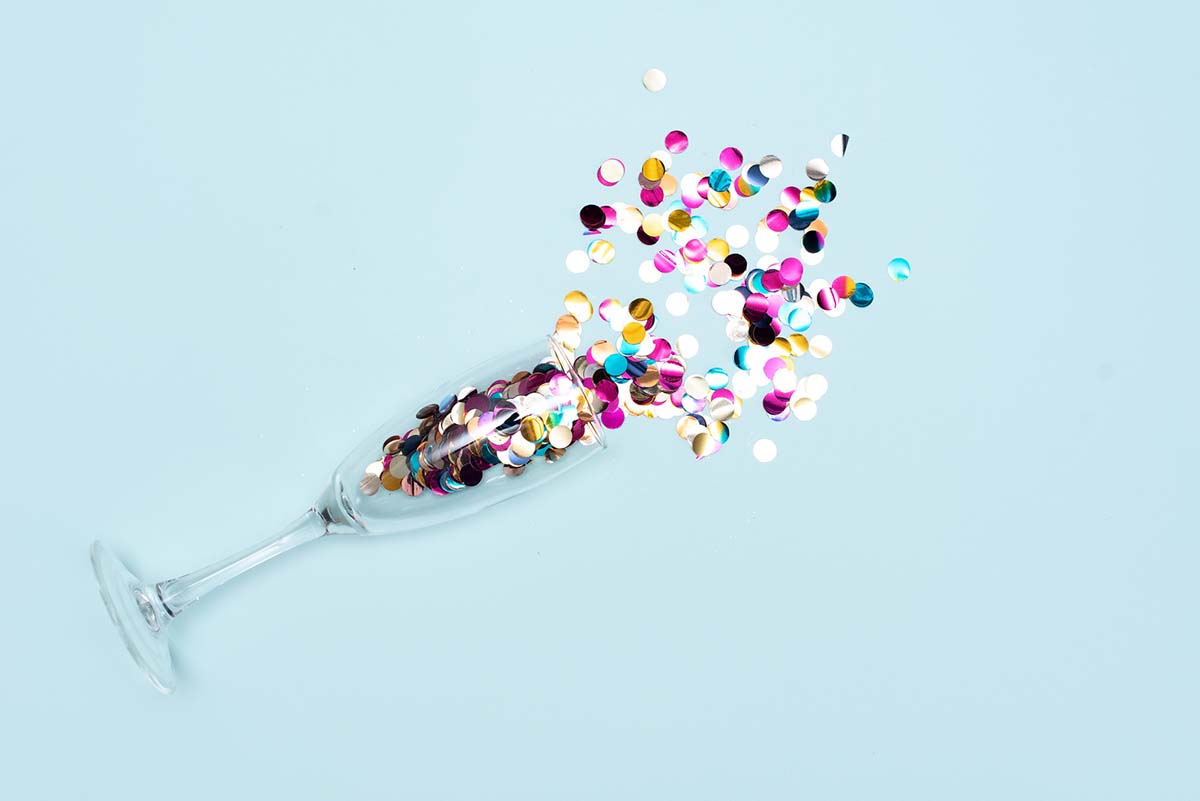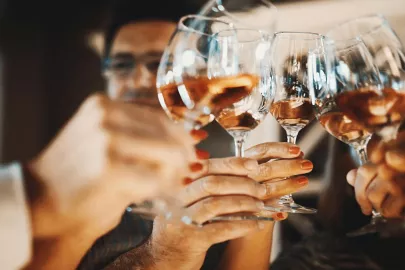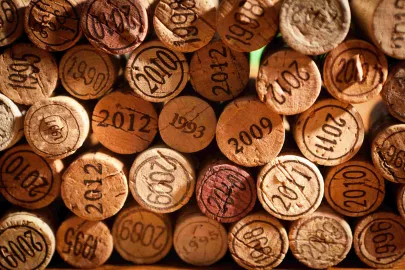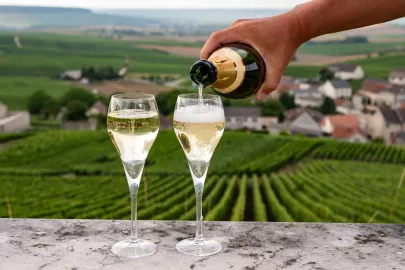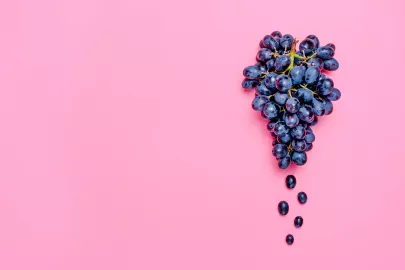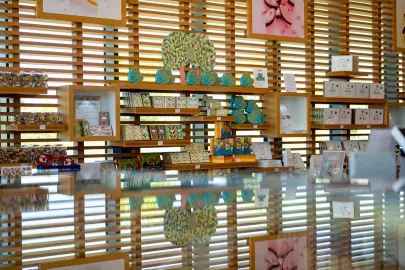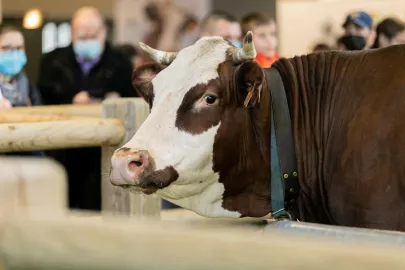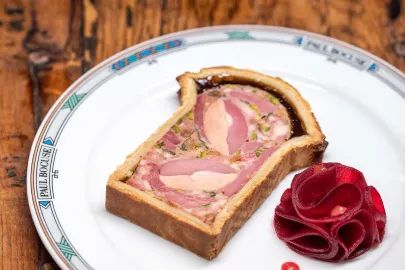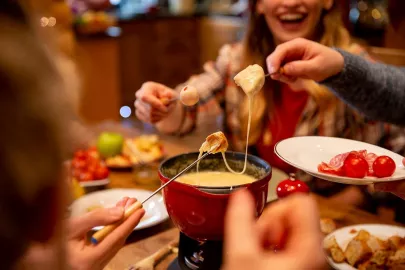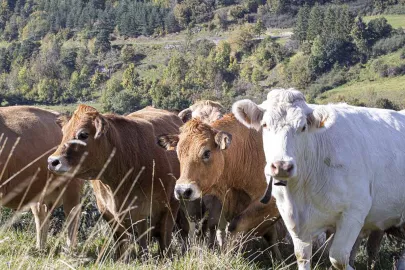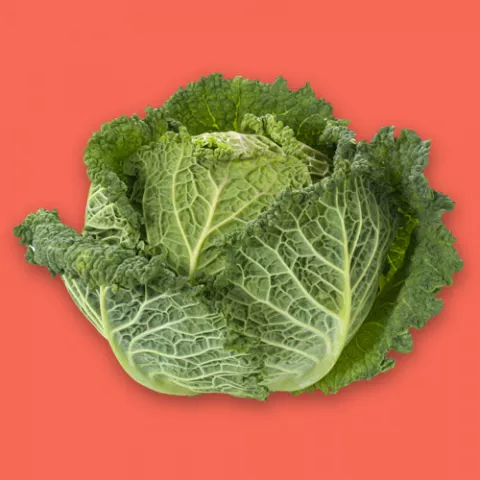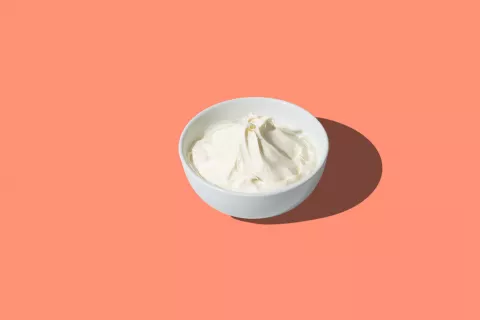No style of wine shines like a bottle of bubbles. These effervescent French wines are fun, festive, and always promise a good time – especially if the bottle comes from Champagne. However, not all sparkling wines are created equal.
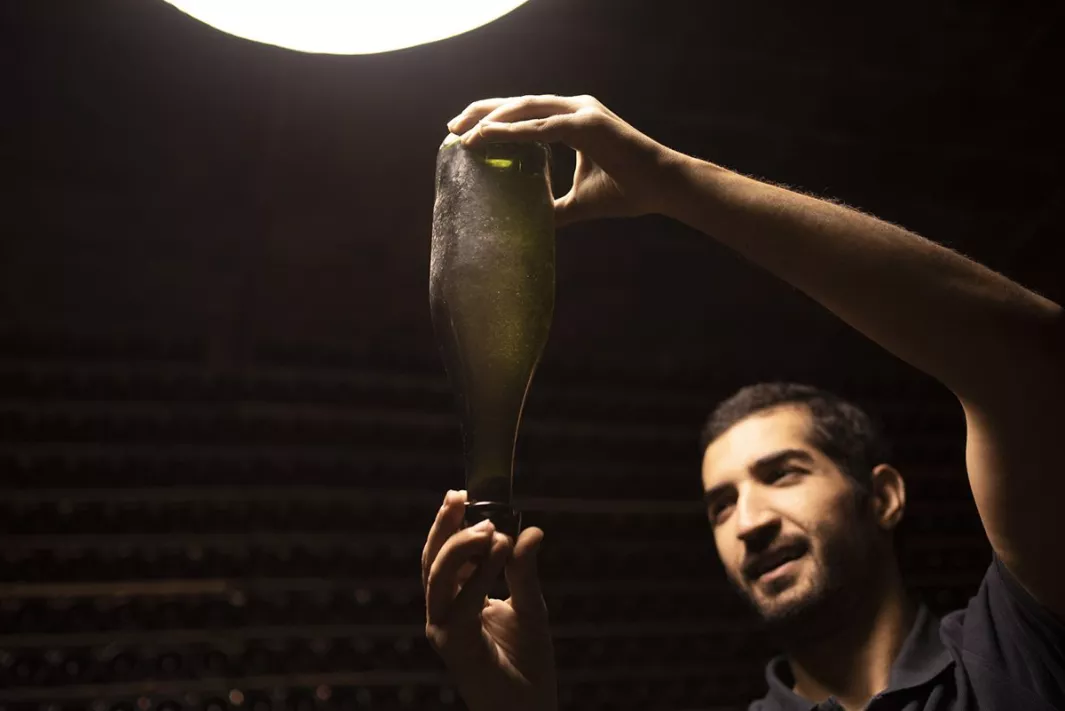
There are quite a few ways that bubbles make their way into your favorite bottle of sparkling. Today, we’re breaking down everything you need to know about the méthode traditionelle, the process responsible for the shimmer inside of your festive bottle of Champagne. Get your flutes ready, it’s about to get fizzy.
What is the Méthode Traditionelle?
The traditional method, otherwise known as méthode traditionelle, is a process used to create sparkling wine that requires executing a secondary fermentation in bottle.
What are other names for the Méthode Traditionelle?
The méthode traditionelle is also referred to as the méthode champenoise (Champagne method), though the terms méthode traditionelle / traditional method are much more commonly used. In Spain and Italy, this method is referred to as the metodo tradicional and metodo tradizionale, respectively.
How does the Méthode Traditionelle work?
The méthode traditionelle requires six steps to complete vinification: primary fermentation, secondary fermentation, aging, riddling, disgorgement, and dosage. Here’s how they work:
Primary Fermentation
Post-harvest, grapes undergo a primary fermentation just as they would in still wine production. Yeast (ambient or cultivated) begins the process of converting sugar to alcohol. Once there is no sugar left, fermentation is over.
Secondary Fermentation
Most sparkling wine production requires a second fermentation to take place – this is what sets sparkling wine vinification apart from still wine vinification. After primary fermentation, the still wine is bottled under a crown cap and minimally aged, then a mixture of sugar, yeast, and still wine (known as liqueur de tirage) is added. This newly added concoction of sugar and yeast ignites a secondary fermentation.
In addition to alcohol, carbon dioxide is also a byproduct of fermentation. Because this secondary fermentation takes place in bottle, the CO2 has nowhere to go, so it therefore ends up trapped within said vessel. This is how bubbles are formed and preserved!
Aging
After secondary fermentation is complete, the wine is then aged on its lees (dead yeast cells) for a certain period of time. Most appellations have a minimum lees-aging time prior to release – for example, non-vintage Champagne has a minimum of 15 months.
Riddling
When aging is complete, winemakers execute a process called riddling, which eventually gets all of the cloudy sediment (lees) out of the bottle. Bottles are aged on their side and at a slight angle, which allows the winemaker to slowly turn the bottles a tiny bit each day, which causes all of the sediment to consolidate at the top of a bottle’s neck over a period of time.
Disgorgement
Once the sediment is collected in the bottle’s neck, the winemaker freezes the tip of the bottle to turn the sediment into a solid, then pops the crown cap off of the bottle to allow the frozen solid to release. Madame Clicquot of the famed Veuve Clicquot estate is credited with the development of this technique. Prior to disgorgement, most méthode traditionelle sparkling wines were hazy and not clear, as leftover sediment remained in the bottles.
Dosage
Immediately following disgorgement, winemakers top the wine off with a bit of sugar, otherwise known as the liqueur d’expédition, to finish the process. The level of sugar in the liqueur ultimately determines the final sweetness level of the wine. If a winemaker chooses not to add sugar, the wine will be labeled as Nature or non-dosé (no / zero dosage). In Champagne, the sweetest wines are labeled as Doux, followed by Demi-sec (half dry), Sec (dry), Brut, Extra Brut, and Brut Nature (the driest of them all).
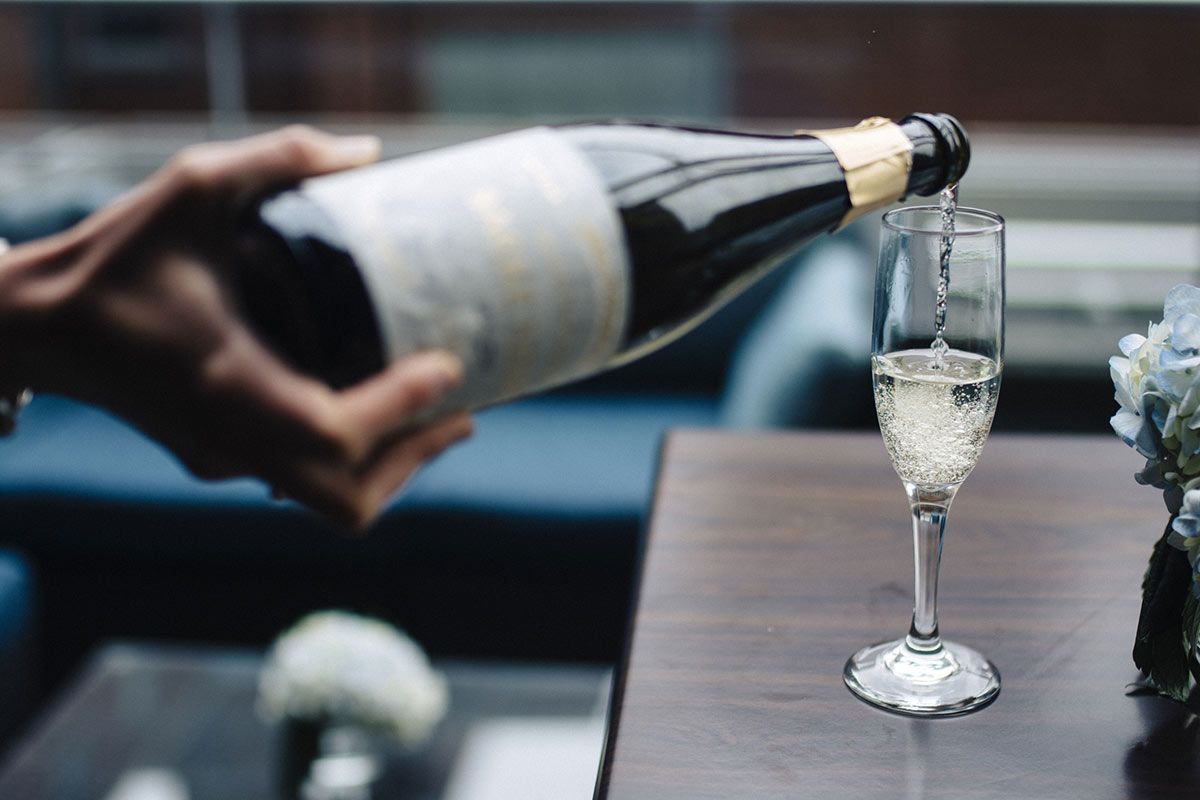
© ©Stephanie_nantel
Which wines aside from Champagne use the Méthode Traditionelle?
The méthode traditionelle is used in nearly every French wine to produce sparkling wines. When not produced in Champagne, these wines are referred to as crémants. Popular crémant regions include the Loire, Bordeaux, Burgundy (Bourgogne), Alsace, and the Jura. However, unlike Champagne (which produces its bubbles from Chardonnay, Pinot Noir, and/or Pinot Meunier), crémants can be produced from a variety of grapes, depending on the region from which it’s being crafted.
In France’s southerly Languedoc region, the appellation of Limoux is also highly regarded for its méthode traditionelle sparkling wine production, which is referred to as Blanquette de Limoux. Blanquette, which means ‘small white’ in the local Occitan dialect, must comprise a minimum of 90% Mauzac (Chardonnay and Chenin Blanc are permitted in the remaining 10%). This mandatory high percentage of Mauzac was implemented for the sake of preserving regional tradition back in 1990, after the introduction of the then-new Crémant de Limoux AOC.
Limoux is particularly important in French méthode traditionnelle sparkling production, as it is credited as being the birthplace of this process. Contrary to popular belief, the méthode traditionelle / ‘champenoise’ was actually not born in Champagne!
Who created the Méthode Traditionelle?
While the full story is unclear, legend has it that the monk Dom Pierre Pérignon – yes, that Dom Pérignon – discovered the process in Limoux back in the 17th century. He then traveled up north and brought the method to Champagne, and needless to say, the region very much took to the process. At a time where bubbles were seen as a flaw in wine, the Champagne region quickly began encouraging it. Ever heard the quote ‘come quickly, I’m tasting the stars’ before? Yep, Pérignon is credited with that, too!

